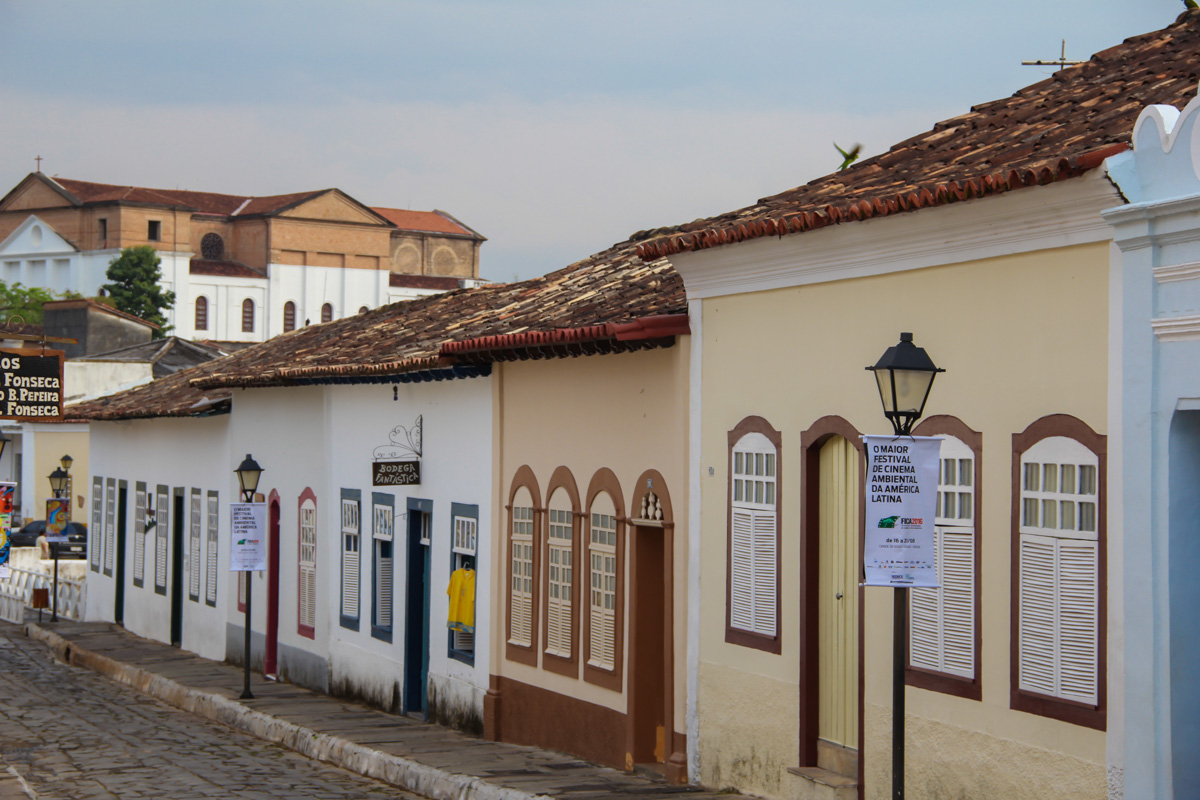
7th International Uranium Film Festival together with 19th International Environmental Film Festival FICA in the City of Goiás Cine Teatro São Joaquim - June 20 - 25, 2017
Program June 23rd, 21 h
SEVEN YEARS OF WINTER
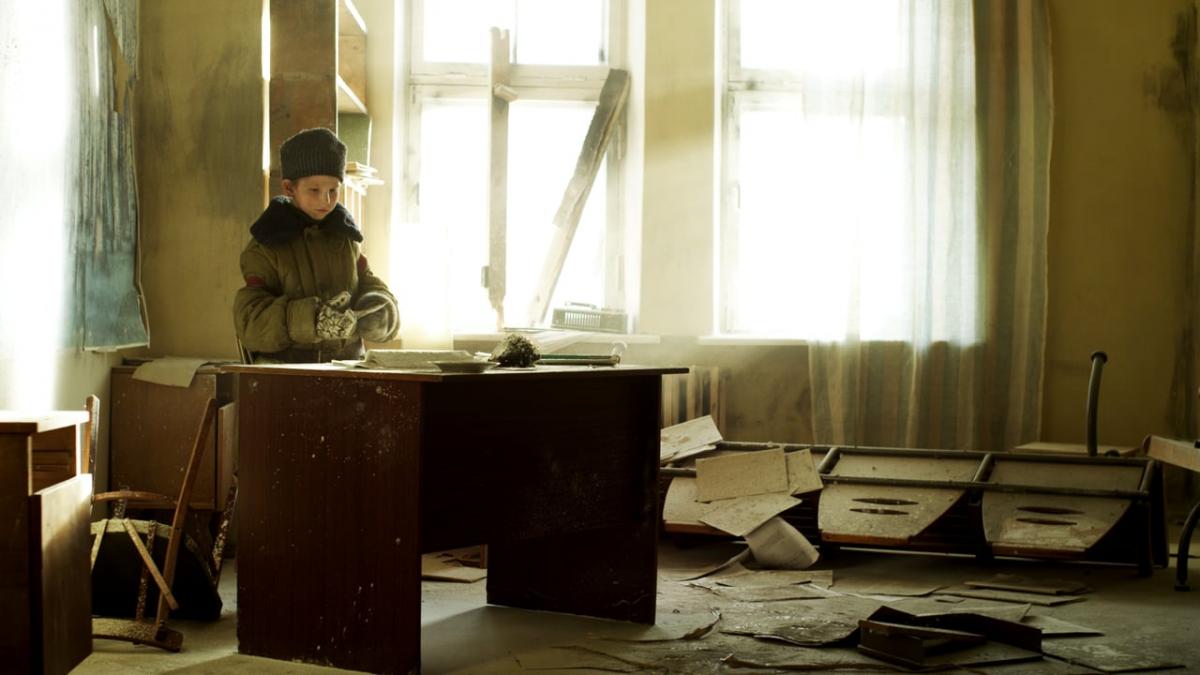 Germany/Denmark/Ukraine | 2011/12 | 21’52” | Fiction. Director: Marcus Schwenzel Producer: Hans Henrik Laier and Marcus Schwenzel. Original Language: Russian, Portuguese subtitles, Trailer: https://vimeo.com/56861309
Germany/Denmark/Ukraine | 2011/12 | 21’52” | Fiction. Director: Marcus Schwenzel Producer: Hans Henrik Laier and Marcus Schwenzel. Original Language: Russian, Portuguese subtitles, Trailer: https://vimeo.com/56861309
Synopsis: Seven-year-old Andrej scavenges the nuclear wasteland of Chernobyl for discarded documents to trade on the black market. Shot entirely on location, this is a haunting rumination on the heartbreaking effects of the political on the personal. Schwenzel’s film starts off as a straightforward narrative but once Andrej enters the radiated Chernobyl, the film soon turns into a location showcase of the desolate environment. Because the setting is so unforgettable and the cinematography is captured so excellently, we never have a problem with this change. Sasha Savenkov puts forth a fascinating one-man (or in this case, one-little boy) performance that will certainly have moviegoers looking out to see where his acting career goes from here. The technical feats trump the story, which the film is light on.
Director's Biography: Marcus Schwenzel lives in Berlin. He works as a TV Journalist and Screenwriter. So far he has realized 3 Films: Bruderliebe / Brotherly Love, Seven Years of Winter and Ricky. Marcus is writing ion his first feature Script at the moment. Photo: Marcus Schwenzel (right) receives the Uranium Film Festival Best Short Film Award in Berlin 2015 together with actor Roman Knizka.
ABITA. CHILDREN FROM FUKUSHIMA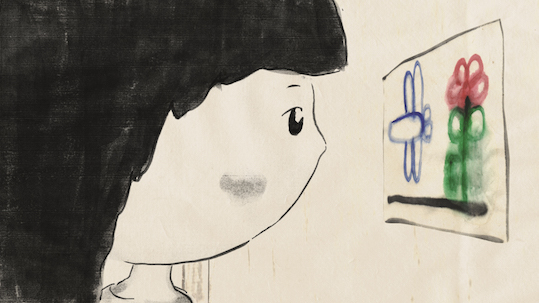
Germany/Japan, 2012, 4 min, Animation, No Dialogue, Directors: Shoko Hara and Paul Brenner, Production: Duale Hochschule Baden- Württemberg in Ravensburg. Film: https://vimeo.com/51297975
Synopsis: Animated short film about Fukushima children who can't play anymore outside, because the nature is contaminated with radioactive elements of Fukushima. To play outside is only a dream. Abita is the first film by Shoko Hara and Paul Brenner and was made for their Bachelor of Artsfilm 2012.
Director's Statement: "We used Japanese symbolism in our film. Dragonfly represents at first the Japanese island, because of its form. Dragonfly also symbolizes hope, perspective, dream, energy in Japan and it unites all the natural elements like water, earth and air. these was destroyed in children with the Fukushima disaster, they don't have any perspectives for their future. Furthermore dragonflies in japan are carriers of fertility. The Dragonfly represents the inner world of the child, that it wants to be free in nature, but it can't. " Shoko Hara & Paul Brenner / Photo shows the directors receiving the Uranium Film Festival Best Animation Award in München 2013.
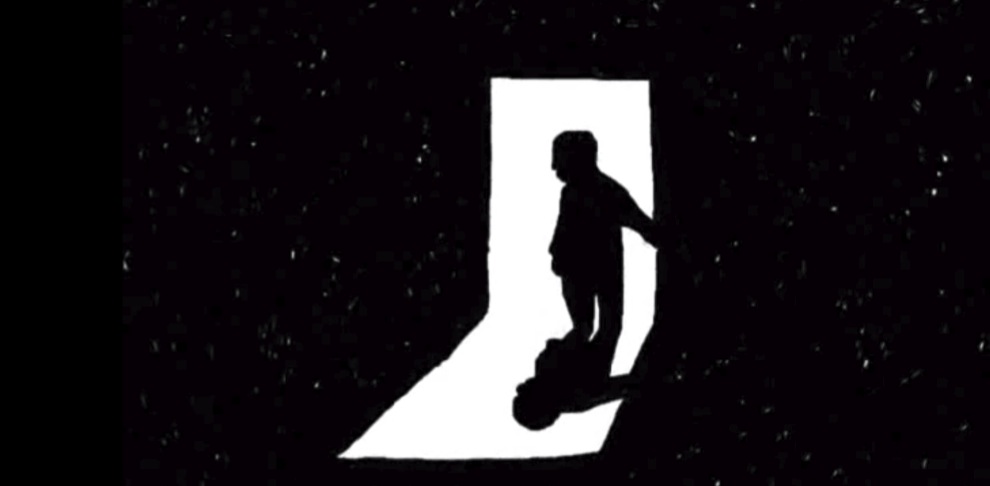 QUARTO ESCURO (DARKROOM)
QUARTO ESCURO (DARKROOM)
Germany | 2011 | 1’55” | Animation.Director: Anna Luisa Schmid | Producer: Anna Luisa Schmid. No Dialogue.
An answer to the nuclear-power-campaign in Germany 2011. We are watching a man on his morning routine who doesn’t know what he affects at the other side of the planet. Film: https://vimeo.com/81749731
PEDRA PODRE / ROTTEN ROCK
Brazil, 1990, 26 min, Directors: Eve Lise Silva, Ligia Girão, Stela Grisotti and Walter Behr. Documentary, Portuguese with English Subtitles
It is the first Documentary made about Brazil's nuclear power plants, Angra 1 and Angra 2, build by US-Company Westinghouse (Type Three Mile Island) and the German Nuclear Company Siemens/Kraftwerksunion in the Atlantic Rainforest region in the South of Rio de Janeiro. With ironic humor, it shows that the official safety and evacuation plans to protect the local population and tourists in case of a nuclear meltdown are just a joke. Worse: Angra 1 and 2 are constructed on a beach that the indigenous people (Guarani-Mbyá) called once Itaorna: Rotten Rock.
“The idea of the documentary Pedra Podre came up during the anti-nuclear demon-stration April 1989 with the title: Let's Play in the Nuclear power plant! The film shows impressive aspects about the irresponsibility with which this nuclear project was being developed.” Aramis Millarch, Journalist
A CURIOSIDADE MATA (CURIOSITY KILLS)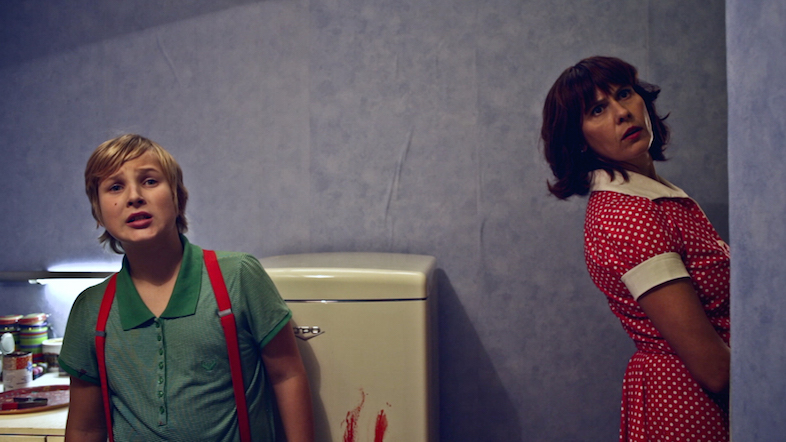
Estonia, 2012, 14 min, Director: Sander Maran, Tallinn University Baltic Film and Media School; Estonian Academy of Arts, Comedy Thriller, no dialog
"What would happen if I gave some of my dad's nuclear liquids to my pet rat?" the kid thought as he poured some uranium into his rat's bowl. BANG!! Curiosity Kills is a splatter comedy about a radioactive killer rat. It warns warns about the danger of accidental manipulation of radioactive substances, as occurred in 1987 in Goiânia. Best Short Comedy Uranium Film Festival 2013. Trailer: https://www.youtube.com/watch?v=adNwV020h8w
AMARELINHA 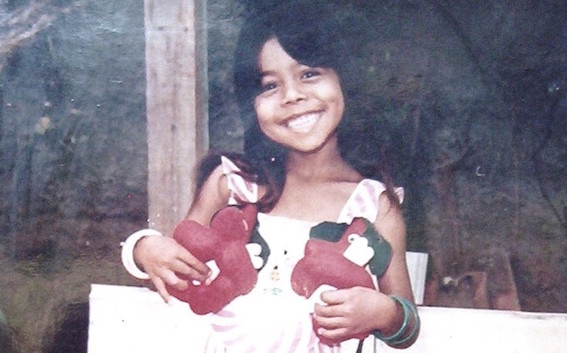
Brazil, 2003, Fiction, 4 min, Portuguese, Director: Ângelo Lima
Short movie about the first victim of the radioactive accident with Cesium 137 in Goiânia in the central Brazilian state Goiás. Her name was Leide das Neves. She died with six years and had will never play. Trailer/Film: https://www.youtube.com/watch?v=44ewt_y01CU
Direção e Roteiro: Ângelo Lima, Fotografia: Raimundo Alves, Câmera: Duane, Edição: Aline Nóbrega, Atriz: Amanda Cristine, Direção de Arte: Eduardo Gomes, Still: Lázaro Neves, Músicas: Gilson Mundin e Can Kanbay
CÉSIO 137 – O BRILHO DA MORTE / CAESIUM 137 - THE DEATH SHINE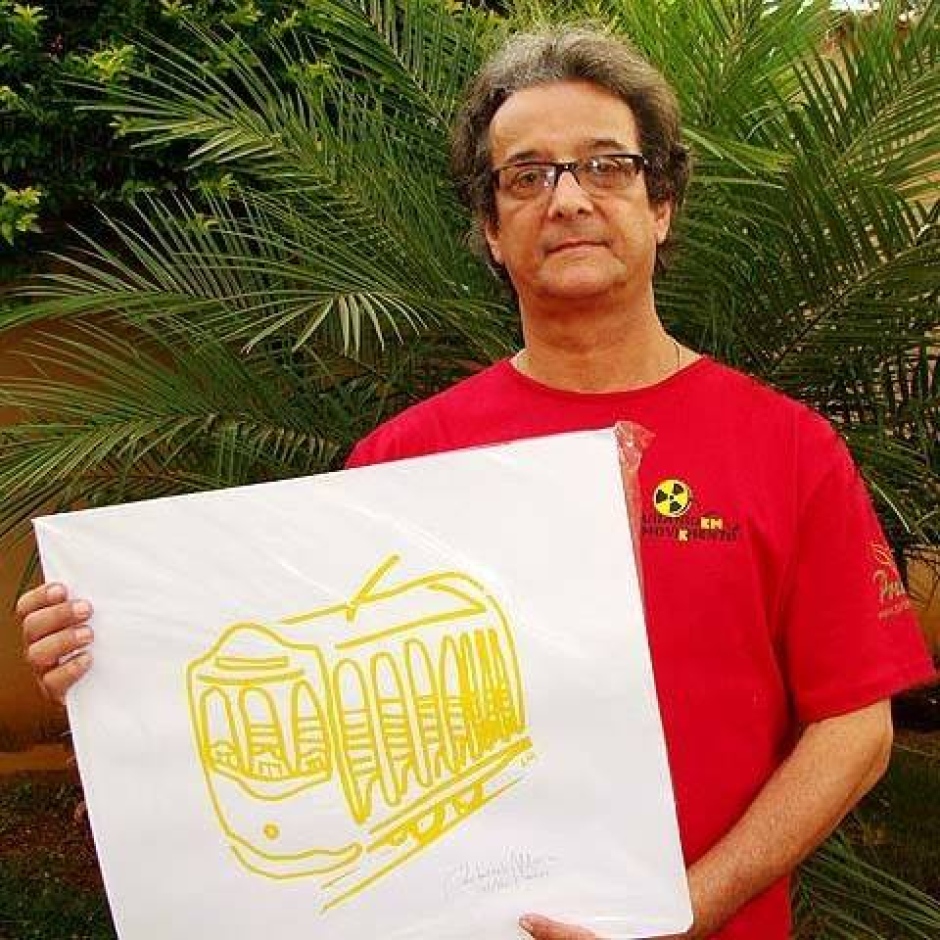
Brazil, 2003, 24 min. Director Luiz Eduardo Jorge (Photo), Producer Laura Pires.
That Brazilian short film shows the events of a real live tragedy about the release of radioactive Caesium-137 into a populated area in 1987 in the city of Goiânia, Brazil. It was the worst radioactive accident in Latin America, which cost the lives of many people and the health of hundreds or possibly thousands of survivors. 15 years of pain, fear, panic and doubt. Discrimination, segregation and death of victims of one of the world's largest radiological accident, with irreversible damage to people and environment. The screenplay is based on testimonies of the victims.
DIRECTOR'S BIOGRAPHY AND STATEMENT: Luiz Eduardo Jorge, filmmaker, director of 18 films with social themes, historical and cultural writer and Professor at the Catholic University of Goiás: "I was born just before the Brazilian dictatorship. I lived the military dictatorship for twenty years. My proposal to work with film comes from a militant political commitment to it. I want to be true, I work with cinema of truth."
REVISTA DA MORTE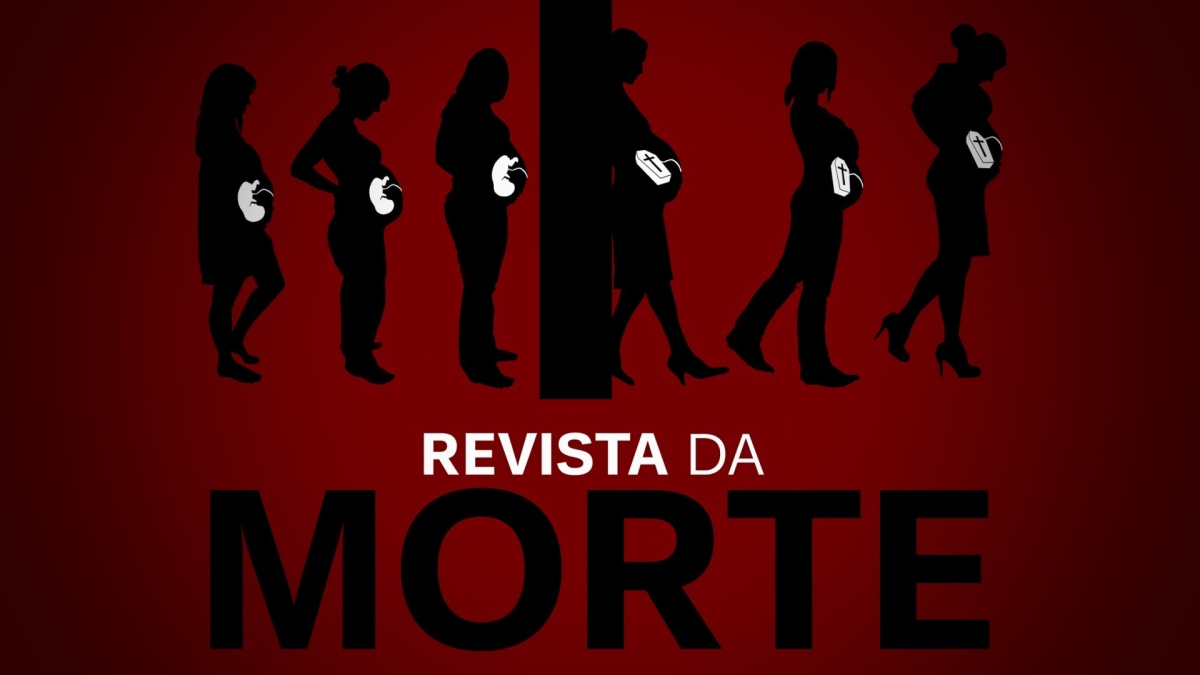
Brazil | 2013 | 32’27” | Documentary, Director: Laércio Tomaz | Producer: Davi Lima da Silva, Guina Vieira, Laércio Tomaz and Conselho Nacional de Técnicos em Radiologia (CONTER). http://conter.gov.br
Original Language: Portuguese
Synopsis: The use of ionizing radiation in security body scanners in prisons of the state of Espírito Santo, Brazil, may have been the cause of more than 20 abortions. Evidences of human rights violations are noticeable and victims report authority abuse of the prison guards. Trailer/Film: https://www.youtube.com/watch?v=bvufJtmoVeo
Laércio Tomaz is Filmmaker & Journalist and works for the "Conselho Nacional de Técnicos em Radiologia (CONTER)" in Brasília.
After Goiás the International Uranium Film Festival continues this year in Berlin, Oct 11 to 15, 2017.
Uranium Film Festival in Goiás 2017
Location: Cidade de Goiás
Partner FICA 2017
June 20th to 25thwww.fica.art.br ficaitinerante@gmail.com Uranium Film Festival in BERLIN 2017 October 11th to 15th www.uraniumfilmfestival.org Contact International Uranium Film Festival Rua Monte Alegre 356 / 301 Santa Teresa Rio de Janeiro / RJ CEP 20240-195 Email: info@uraniumfilmfestival.org




